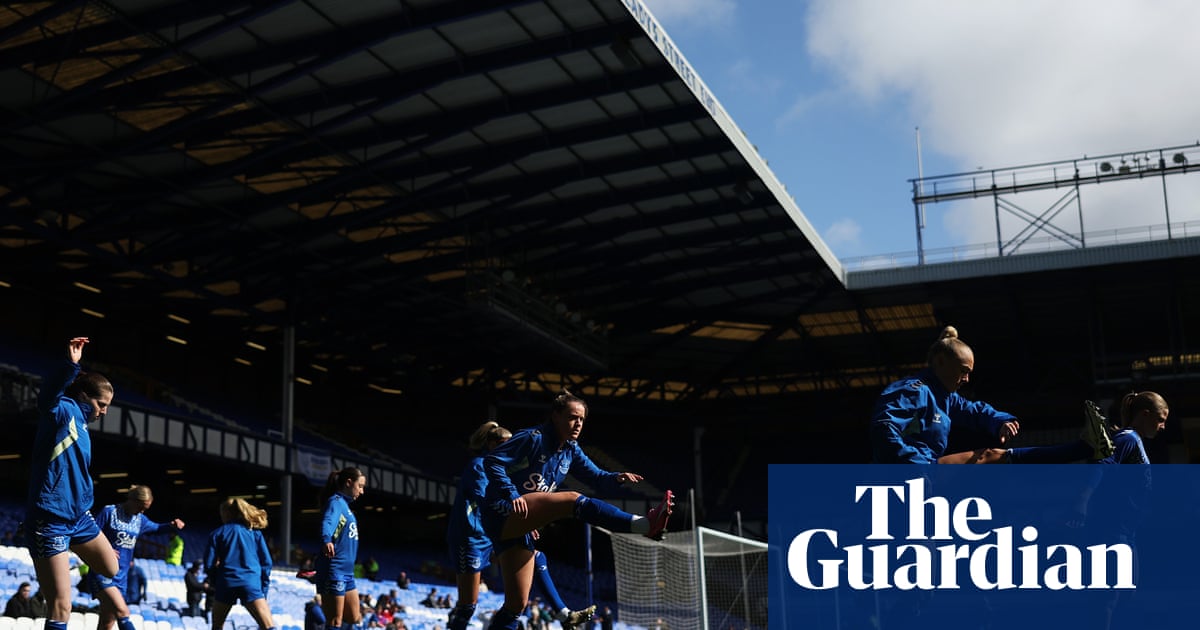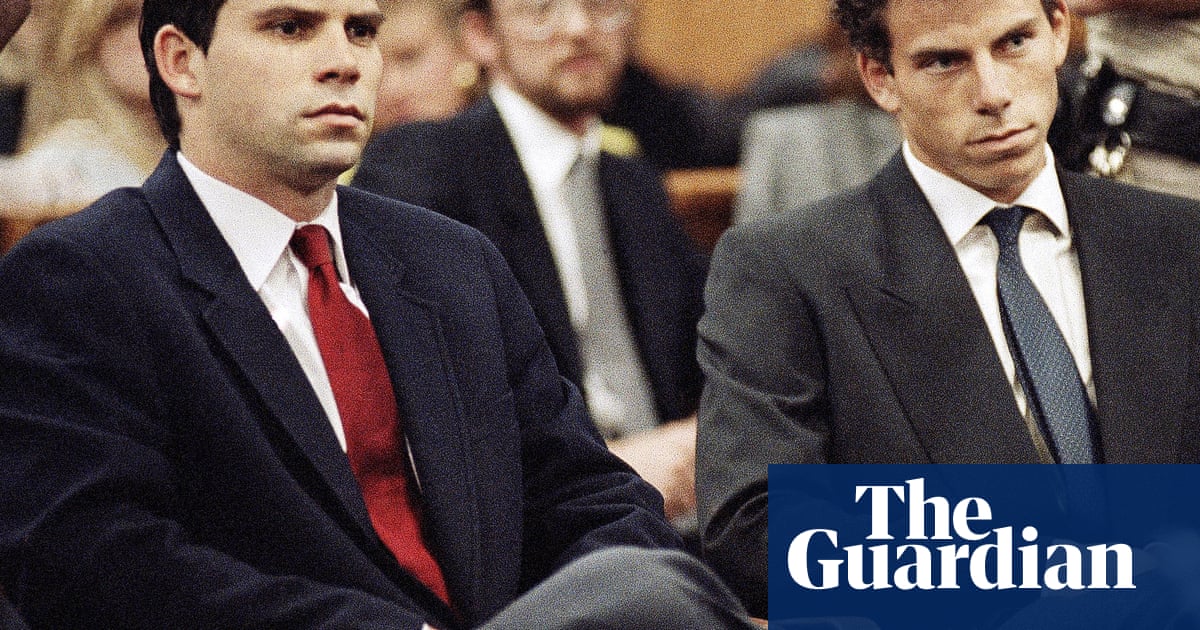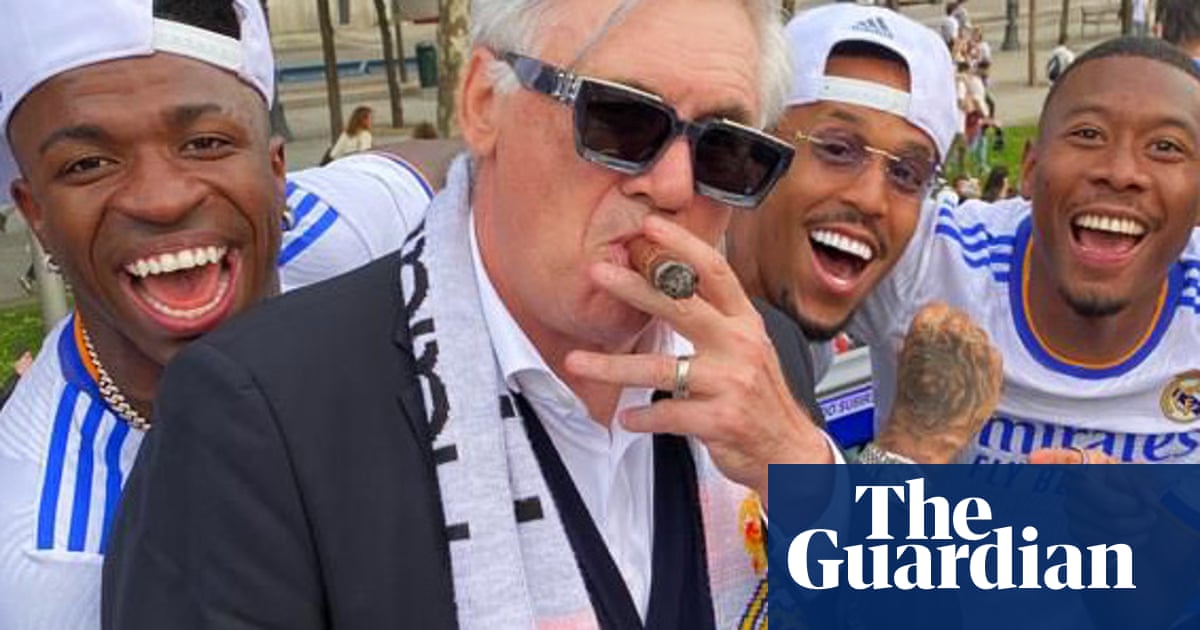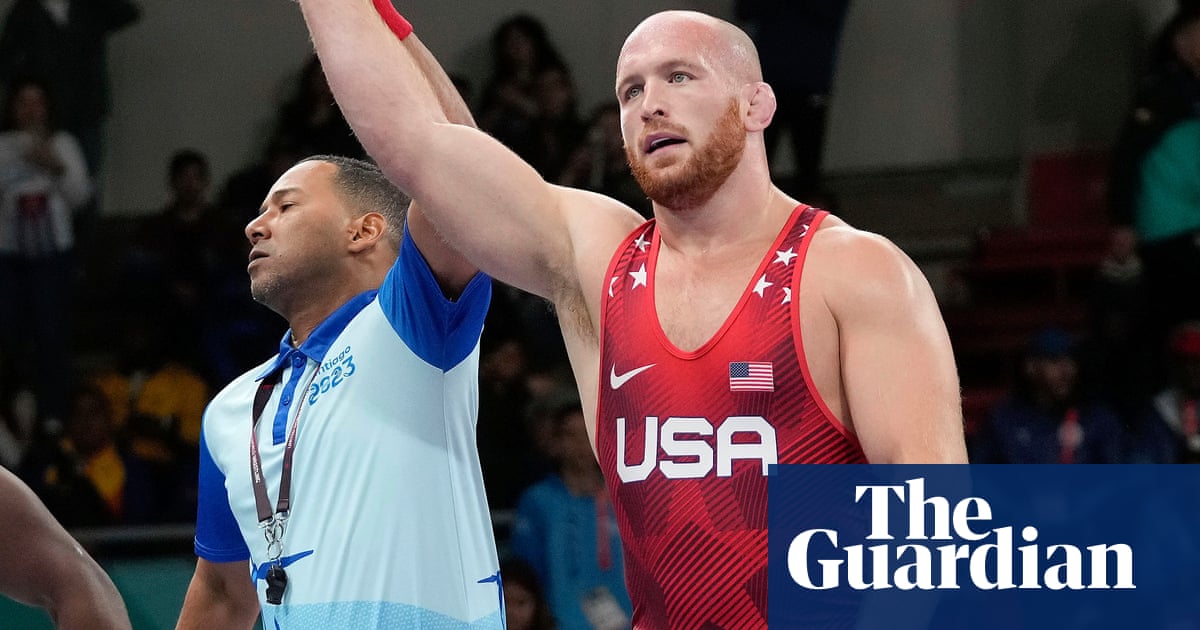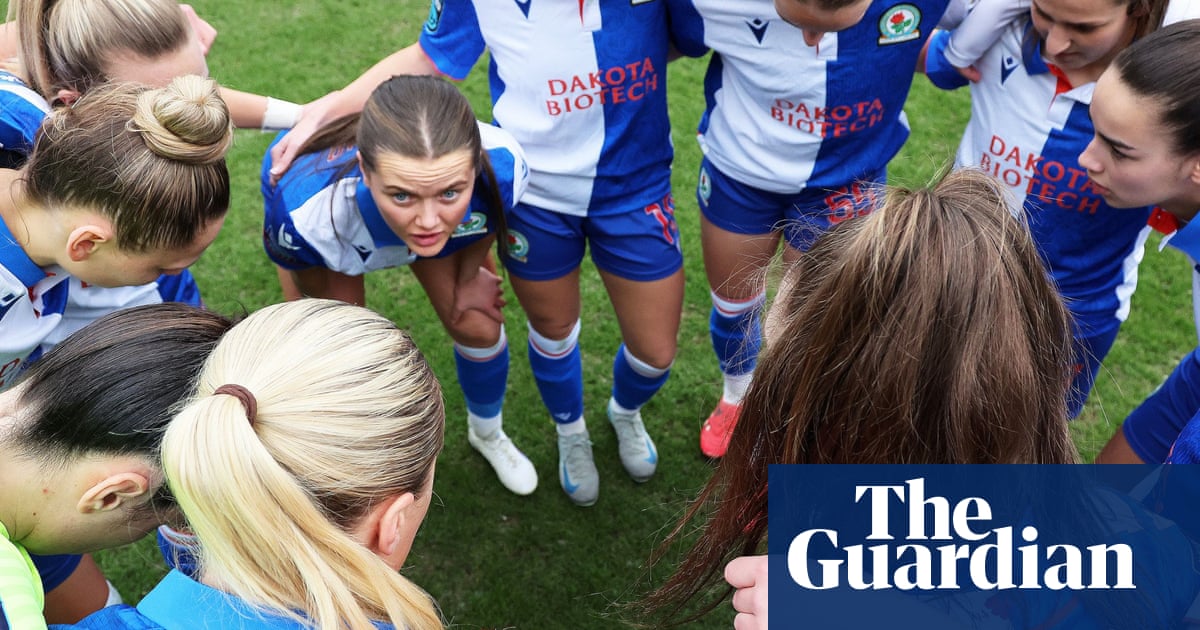The filming started before the bid to buy Wrexham from its supporters’ trust was even formalized. Which means that Welcome to Wrexham, the docuseries tracing the stunning rise of a fifth-tier Welsh club under the ownership of a pair of Hollywood celebrities, existed as a show before it was actually a sporting project.
It was always content first.
While the club’s restoration from a fallen Football League regular into a Championship side with a global fanbase is remarkable, the players and staff and their suddenly famous town are primarily known outside of the UK as characters and plot points in a larger narrative. Just as watching a Formula One race can now feel like a sneak peek at the next season of Drive to Survive, Welcome to Wrexham epitomizes the swelling sense that live soccer has been reduced to B-roll to drop next spring.
The real-life success of a soccer team, and a story structure built around actor-owners Ryan Reynolds and Rob McElhenney, carefully lit, captured, and packaged. It’s hard to say which came first: the success of the club or the popularity of the show. But without a two-season order from FX to jumpstart Wrexham’s run of three straight promotions, it’s doubtful that any of this would have happened
One of the clever tricks the show’s editing cooks up is to make a financial juggernaut appear like a hard luck underdog story. Wrexham’s tale is really one of the planned collision of mainstream celebrity and raw purchasing power unlocked by all those new eyeballs, display of uncut capitalism.
Down in the National League, Wrexham’s wage bill was more than three times that of their average competitors. In their lone season in League Two, they still had the highest payroll. In League One, theirs was the third highest, and their net transfer fee expenditure second highest. They also had the second-oldest squad in the division, enjoying the luxury of signing players merely for their present-day usefulness, rather than having to speculate on the upside of their future sales.
Even after successive promotions, it was clear that the Red Dragons were operating in an entirely different reality than from their League One peers, save for Birmingham City with their vast backing from US finance. Whereas the other teams were mostly sponsored by local car dealerships and businesses and assorted websites you’d never heard of, Wrexham’s jersey had United Airlines, Meta and HP on it – sponsors who had taken the place of TikTok and Expedia. In the middle of the season, when Wrexham needed some goals, they simply bought one of the league’s leading strikers from Reading, a rival for promotion.
And while Wrexham are now reportedly worth about 75 times the £2m ($2.67m) Reynolds and McIlhenney paid for them in 2021, ESPN figures the club have lost some £20m ($26.7m) along the way. What other club that was non-league just a few years ago could ever hope to absorb those kinds of losses in such a short period?
Still, the Wrexham vogue has brought benefits to the region it made famous and the sport writ large. Anecdotally, Welcome to Wrexham seems to have the most appeal to American viewers new to the sport. Or the ones who assumed, as it can be easy to do, that the Premier League is the sport. If you’ve never heard of of Wrexham, and you didn’t even know that lower-league soccer existed, the show is a revelation, a portal to an entirely alien sporting experience and way of life.
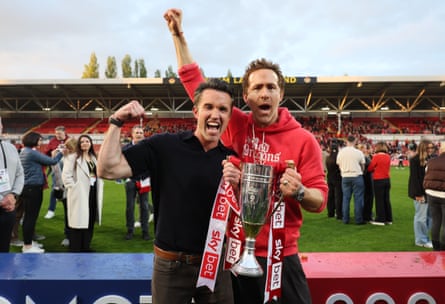
As a parade of celebrities and tourists passed through Wrexham, the series has made men like journeyman striker Paul Mullin far more famous than their footballing resumes suggest they have any right to be. Yet the show has done both the town, suddenly experiencing an unexpected revival, and the lower leagues a great service in illuminating the charm and drama and humanity in them. It’s hardly coincidental that Paramount+ now streams not just the Championship but League One and League Two stateside.
after newsletter promotion
Two things can be true here: Wrexham The TV Series is a good and popular show and Actual Wrexham AFC are a success story. From the outside, the club appears to be deftly run with its telegenic figureheads wisely putting their fame and relative fortune (by National League standards, but not so much Championship standards) into the service of the club and then getting out of the way. What they have done on the field is deeply impressive. Getting promoted three times is absurdly hard, no matter how many advantages you have over your rivals. Doing it from non-league to the Championship is, in fact, unprecedented.
Still, when Wrexham were blundering about in the fifth tier, just missing out on promotion, the notion of a club as a sentient docuseries rankled a tad even if it seemed innocuous enough. Now that Wrexham are a single tier removed from the Premier League, and already musing about a final promotion, it feels like something else altogether. This is a full inversion of the notion that live sports is The Thing and that all other content extends from it.
This trend was underway for some time – observe how young people consume soccer and you’ll quickly realize that most of them engage with it in all imaginable ways except for watching full games – but some sort of end stage has been reached. Soccer is the raw material now, not the final product.
If an proof is needed, Birmingham City, the other League One club that earned automatic promotion to the Championship – [obligatory mention that Blues are part-owned by Tom Brady goes here] – have announced their own docuseries is on its way.
-
Leander Schaerlaeckens is at work on a book about the United States men’s national soccer team, out in 2026. He teaches at Marist University.

 6 hours ago
6
6 hours ago
6



